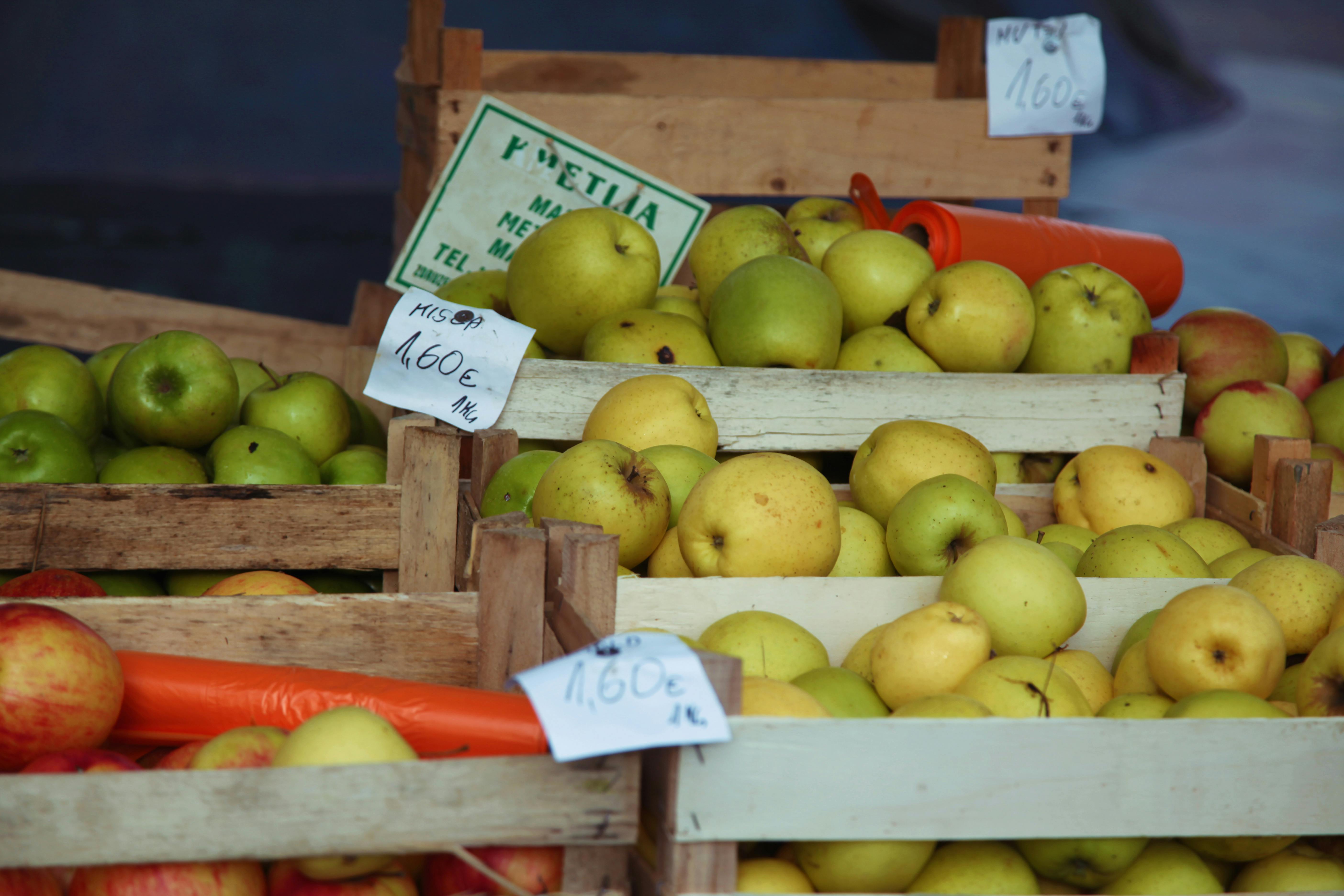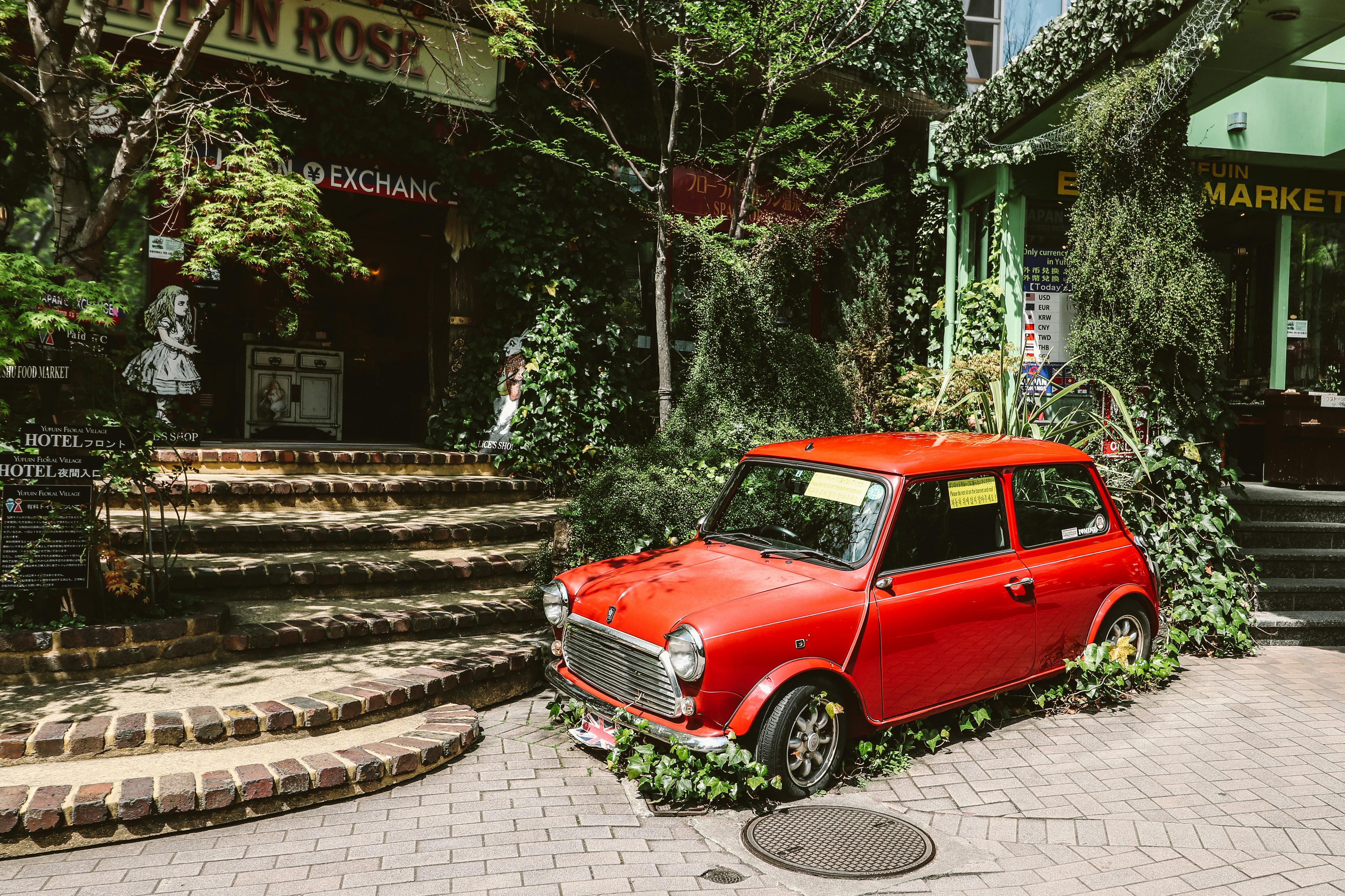Heart disease is among the leading causes of death for both men and women in the United States. While certain lifestyle factors, such as maintaining a stable weight and exercising regularly, are important to maintaining a healthy heart, the foods we choose to eat are just as important. A healthy diet is one of your best weapons in the battle against heart disease and feeling healthier. In fact, choosing to eat a heart-healthy diet can reduce your risk of heart disease and stroke by 80% (helpguide.org).
When you don’t know where to start, choosing to make simple changes to your eating and nutrition habits is a great place to start. To help keep things in order and understand the reasoning behind the various nutritional recommendations, consider some of the following tips.
Pay attention to the type of fats you eat
Fat is essential to your diet; in other words, you need it! However, there are types of fats that can negatively affect your heart health; specifically, trans fats and saturated fats are the two types of fats of greatest concern. These two types of fats can affect blood cholesterol levels by lowering the level of HDL cholesterol (also known as: good cholesterol) while raising the level of LDL cholesterol (also known as: bad cholesterol) in your blood. When HDL and LDL cholesterol levels are not within the normal range or are disproportionate, this can cause excess cholesterol to build up on the walls of your blood vessels, increasing your risk of heart disease and stroke.
Foods that contain saturated fat include fatty beef, bacon, hot dogs, lamb, lard, cheese, and other dairy products made from whole or two percent milk.
Trans fats are produced naturally and artificially. Many fried foods and packaged products also contain high levels of trans fat.
The American Heart Association (AHA) recommends that adults limit their consumption of saturated fat to between five and six percent of their total calories. Consumption of trans fat should be less than one percent of your total calorie intake.
Say no to salt
Like fat, sodium is an essential mineral for life. Sodium is required for many bodily functions, including fluid volume, acid-base balance, and signal transmission for muscle function. However, too much sodium can pose risks. When sodium is elevated in the bloodstream, this can increase water retention in the blood vessels, causing elevated blood pressure. Over time, if high blood pressure is not resolved, this can put great pressure on the heart, contribute to plaque buildup, and ultimately increase the risk of having a heart attack or stroke.
Sodium is a tricky ingredient and requires a bit more effort and attention to detail when it comes to reducing it. A good place to start when it comes to reducing sodium intake is to check the Nutrition Facts labels on products. Companies are required by law to list the amount of sodium, as well as other ingredients, in their products. As mentioned above, sodium can be sneaky and added to food in large amounts without you even noticing.
One place where sodium likes to hide is in the meals and dishes you order at a restaurant. In fact, more than 75% of sodium intake comes directly from processed and restaurant foods (wow!). So, to help reduce sodium intake when choosing to eat out or order takeout, don’t ask for added salt on your dishes.
Although these tips may sound demanding, your sodium intake will drop significantly and your heart will be happy. The American Heart Association (AHA) recommends no more than 2,300 milligrams of sodium a day, which is about the size of a teaspoon of salt (the recommendation is even lower, 1,500 milligrams, for people with chronic diseases and those over 50 years of age ). ! Implementing these tips will not only help you meet this recommendation, but it will also reduce your risk of high blood pressure, stroke, heart failure, osteoporosis, stomach cancer, kidney disease, and more.
Don’t skip the vegetables (or fruits)
As many of us know, eating fruits and vegetables is an important part of a healthy diet. A reduced consumption of products is linked to poor health and an increased risk of serious diseases. In fact, an estimated 3.9 million deaths worldwide are attributed to inadequate consumption of fruits and vegetables (2017). Therefore, including fruits and vegetables as part of your daily diet is something that cannot be ruled out.
Incorporating fruits and vegetables is very easy! Whether frozen, canned, or fresh, each will be nutritious enough. If you have found it difficult to include fruits and vegetables in your diet, start slowly. Try to gradually increase your servings of fruits or vegetables throughout the day. If you now eat only 1 serving of vegetables or fruits at a meal, add one serving at lunch and one at dinner. Slowly adding more and more fruits and vegetables to your plate will make this tip seem less overwhelming.
The good thing about eating fruits and vegetables: they are all good! The AHA recommends filling at least half your plate with fruits and vegetables to meet the recommended 4 ½ cups of fruits and vegetables per day. Although this recommendation may seem impossible, remember: all products count, which means canned, fresh or frozen varieties can help you reach your goals, improve your diet and improve your health.
Whole grains, refined cereals, and dietary fiber – OMG!
Let’s first understand whole grain, refined grain, and fiber. Whole grains contain the whole kernel, which includes 3 parts, the bran, the germ and the endosperm, offering all kinds of important nutrients such as B vitamins, folic acid, fiber, iron and magnesium. On the other hand, refined grains have been ground and processed, which depletes the grain of the aforementioned nutrients.
Dietary fiber comes in two forms: insoluble and soluble. Increased fiber intake is associated with reduced levels of “bad” cholesterol (remember: LDL cholesterol) and decreased risk of heart disease. Another advantage is that high-fiber foods can help you feel full longer and have fewer calories. High-fiber foods are generally whole grains as well. Therefore, increasing your consumption of whole grains means that you also increase your fiber intake. Why not kill two birds with one stone and switch to more whole grains?
Incorporating whole grains can help improve blood cholesterol and reduce the risk of heart disease, stroke, obesity and type 2 diabetes. The AHA recommends that at least half of the grains you eat be whole grains and that you consume 28 grams of dietary fiber per day. This includes foods like whole wheat bread, brown rice, whole oats, whole wheat barley, and more.
Be picky about protein
For many of us, meat is a primary source of protein. However, popular meat sources such as hamburgers, steaks, and bacon, although high in protein, are important sources of saturated fat (reminder: the “bad” fat). A high consumption of this type of protein can increase the risk of many health complications such as obesity, high cholesterol, plaque buildup and, of course, heart disease and stroke. Making a switch to heart-healthy protein sources can help significantly reduce these risks and help maintain a heart-healthy diet.
Making changes to your “meat eating” habits can be difficult, however it doesn’t have to be impossible. A simple tip for managing your protein and meat intake is to treat meat as Besides of food, instead of Main event. Try to limit meat to 6 ounces a day, which is 2 servings (track: individual portion of meat = size of the deck of cards).
As for heart-healthy protein sources, the AHA recommends including fish, shellfish, skinless poultry, and trimmed lean meats, such as various cuts of pork. Starting to incorporate these alternative sources of protein into your diet will help you get on the right track with your heart health.
Remember, it’s all about taking simple steps to protect your heart and your overall health.
A heart-healthy diet will be your greatest protection against heart disease and stroke. Get started today by using these heart healthy tips and continually evaluating your nutrition. Don’t let heart disease rule your world, make the changes that best suit your lifestyle and health goals.
Which of the suggestions above fit the health goals you have in mind?









